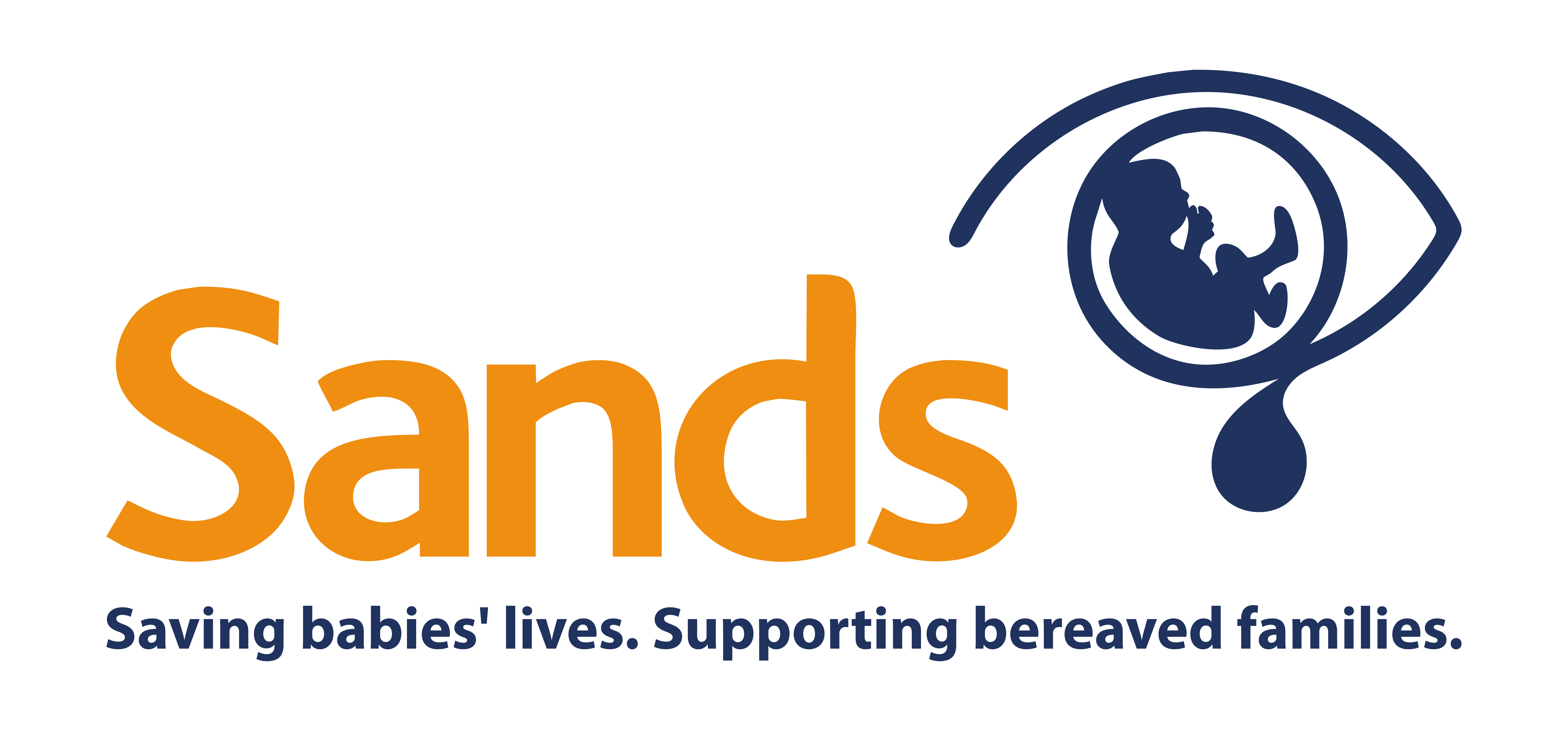Our new film highlights the work Sands does supporting anyone affected by the death of a baby, improving bereavement care and pioneering new research to save more babies’ lives; and what you can do to help.
Each day this week we will introduce all the people in the film who will share their stories in their own words. Today, David Haig, who presents the film and is a Sands Ambassador, writes about his experience.
David's story
Mine and my wife Julia’s daughter Grace was stillborn at full term on 20th September 1996.
And that’s a date I would remember anyway but it had an extra irony and resonance because that’s my birthday.
A few days beforehand my wife Julia sensed that the heart had stopped beating, she sensed there was no movement and as an experienced Mother suspected Grace had died. This was confirmed.
So we went to the hospital and were in the maternity ward on the top floor with a deceptively beautiful view of London. We were in a room on our own and Julia prepared to give birth to Grace.
Two extraordinary things happened during this labour.
The first was that when Julia was on the point of giving birth there was nobody there, no doctor, and I’m not exaggerating when I say that I ran down the corridor of the maternity wing, shouting for a midwife or a doctor, to come and help Julia give birth to her dead baby.
The second thing that happened in the hospital was we were put in a room which was next to a conventional standard maternity ward. The wall was paper thin, so that as Julia went into labour we heard the joyous, triumphant sounds of natural childbirth going on next door. There was champagne popping, shouting, singing and un-channelled joy.
That never should have happened and one of the many things Sands has done since our acquaintance with the charity is develop specialised bereavement suites.
So after the birth we spent some time with Grace. Julia held her. I didn’t which is a choice I regret. She was perfect. Except that her colour was grey, her skin had started to go grey and had started to flake.
We went home and the next stage was the funeral which was an appallingly tragic occasion, centred around a tiny white coffin.
And it was after the funeral that Sands came into our life. Julia attended a local Sands Group meeting in South East London and met other parents, mainly mothers, who had gone through the same appalling tragedy.
I’ve now been involved with Sands for 18 years and I still believe that the most central, important facet of Sands’ work are the small local Groups.
Of course research is important, but these Groups of parents who can listen and empathise after this sort of tragedy are crucial and vital. And it was that local Group in South East London that saved Julia and me after the death of Grace.

